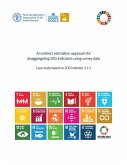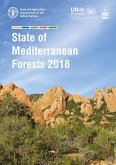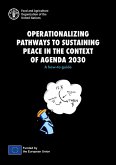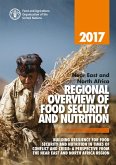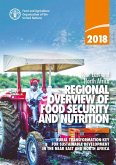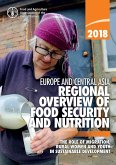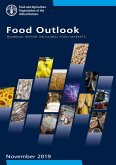Available in digital format, this year's edition also discusses selected indicators for which FAO is a contributing agency and/or have key implications for food and agriculture across these Goals. These additional indicators provide valuable information on agricultural losses due to disasters, the distribution of land tenure rights, and the impact of international trade policies and regulations on agricultural trade, especially in developing and Least Developed Countries.
This edition also includes a snapshot on conflict, COVID-19 and food insecurity, as well as a special chapter on measuring productive and sustainable agriculture, with progress toward SDG Target 2.4 analysed for the first time.
Dieser Download kann aus rechtlichen Gründen nur mit Rechnungsadresse in A, B, CY, CZ, D, DK, EW, E, FIN, F, GR, H, IRL, I, LT, L, LR, M, NL, PL, P, R, S, SLO, SK ausgeliefert werden.



